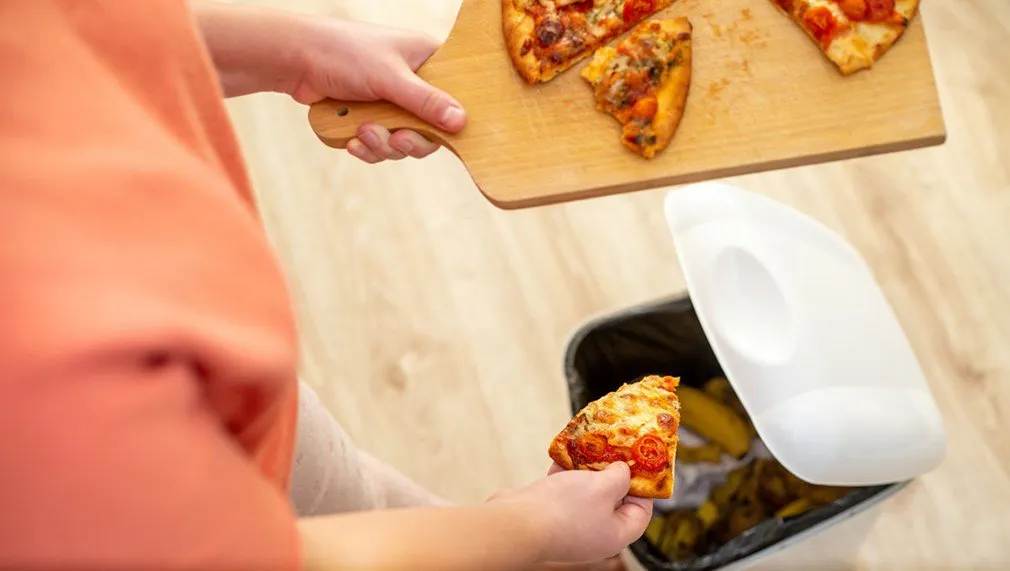The government and the food industry are committed to halving food waste in Norway by 2030. The results so far show that around ten percent less food is thrown away than in 2015.
For the first time, the extent and amount of food waste have been mapped across all sectors of the food value chain. In Norway, around 2020 kilograms of edible food were thrown away per capita in 77. This means that last year we threw away almost ten percent less food than in 2015.
– Food waste is more than just edible food that becomes waste. This is a waste of resources that has environmental, economic and social consequences. If we are to make sufficient cuts, action to combat food waste must be stepped up. Those who produce, process, sell and serve food in the private and public sectors must take further action. Besides, you and I have to become better. An industry agreement to reduce food waste is our strongest tool to achieve this goal, says the Minister of Climate and Environment Espen Barth Eide.
- An industry agreement to reduce food waste is a unique collaboration where the public and private sectors work closely together to prevent and reduce food waste. Effort is an important step in the right direction, but we are not achieving the goal. Therefore, the work must continue with full force, says Minister of Agriculture and Food Sandra Borch.
Food waste has been mapped across all sectors
In much of the food industry, both the scope and composition of food waste were mapped prior to an industry agreement. The major breakthroughs in agriculture and the seafood sector have been the mapping of food waste and the setting of data collection methods and the calculation of annual amounts.
Concrete and appropriate measures against food waste are something that the individual manufacturing sector must define and implement based on its needs and concerns.
- Natural resources are the basis of our prosperity and we are constantly working to make food production more sustainable. One of the important steps we can take for the environment is to prevent food waste. The fact that the agriculture and seafood sector has provided statistics on food waste for the first time is a big step in the right direction, says Bjørnar Skjæran, Minister of Fisheries and Maritime Affairs.
Companies report data on food waste every year
107 companies joined the industry agreement through a declaration of affiliation. These companies report data on food waste every year. They purposely work to reduce food waste in their own business and in collaboration with others. Many effective measures have been introduced.
This applies to both internal improvements in businesses and making it easier for consumers to throw away less food. Examples of this are longer shelf life for many products, better packaging, custom packaging sizes, and additional shelf life labels.
Donating food through eight national food centers has been an important reduction measure for many companies. Working under an industry agreement has meant that many more companies have been able to donate food to the people who need it.
Targeted public and private efforts
The food industry is on on the right track to reduce food waste, although much remains to be done. Consumers have thrown away six percent less food in recent years, but they still account for 48 percent of mapped food waste in Norway.
- It is important to make good public and private efforts to raise awareness and build knowledge about food waste in the population. In order to achieve good results in the coming years, we are committed to continued good interaction and mutual trust between the authorities and the food industry, which also contributes to reducing food waste among consumers, says Kjersti Toppe, Minister for Children and Families.
Food waste in Norway. Collaboration brings results
The agreement between the food industry and the government is the first of its kind. Several others countries looked for inspiration in Norway. To succeed in halving food waste by 2030, it is important to work closely with sectors and industries to avoid food waste being displaced along the value chain.
The experience so far shows that good dialogue between industries and sectors and close cooperation between the public and private sectors are crucial for success.
Source: regjeringen
Read our next article: The art treasures owned by the Drammen commune are digitized and ...



